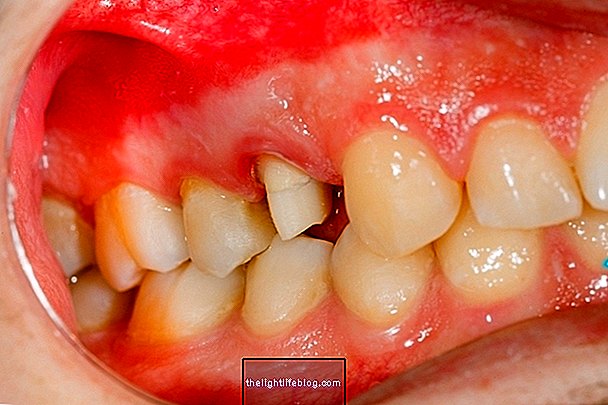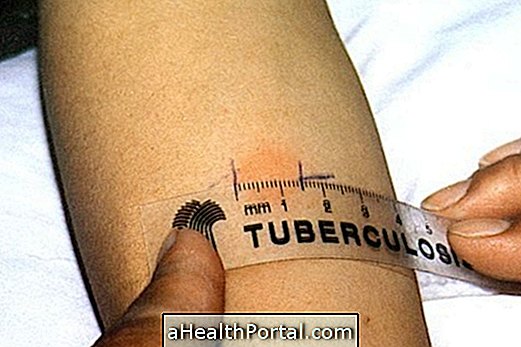Melasma consists of the appearance of dark patches on the skin, especially on the face, in places such as the forehead, cheekbones, lips or chin. Although it is more common in women due to hormonal changes, this problem can also affect some men, mainly due to excessive sun exposure.
While no specific type of treatment is required, as these patches do not cause any health problems or symptoms, treatment may need to be started to improve skin aesthetics.
See other causes besides melasma can cause dark patches on the skin.

How is the treatment done?
The treatment should always be directed by a dermatologist, since it is necessary to adapt the treatment techniques to each type of skin and stain intensity. However, the general guidelines include some care that should be followed in all cases, such as:
- Avoid sunbathing for long periods;
- Passing sunscreen with factor 50 whenever you need to get out on the street;
- Wear a hat or cap to protect the face from the sun;
- Do not use after-shave creams or lotions that contain alcohol or substances that irritate the skin.
In some cases, such care is sufficient to decrease the intensity of blemishes on the skin. However, when the spot remains, the doctor may recommend treatment with specific substances, such as hypopigmentation agents including hydroquinone, kojic acid, mequinol or tretinoin, for example.
When the spots are permanent and do not disappear with any of the substances listed above, the dermatologist may suggest doing chemical peels or laser treatment, which need to be done in the office.
Understand how chemical peels work to eliminate skin blemishes.
Why Melasma Appears
There is still no specific cause for the onset of melasma in men, but the factors that appear to be related to increased risk for this problem are exaggerated sun exposure and having a darker skin type.
In addition, there is still a relationship between the onset of melasma and decreased amounts of testosterone in the blood and increased luteinizing hormone. In this way, it is possible to have blood tests, requested by the dermatologist, to know if there is a risk of developing melasma, especially if there are other cases in the family.
























